It’s the age-old question—almost like Coke vs. Pepsi, or Jollibee vs. McDonald's. You’re in the market for a tablet, and the big choice staring you in the face is this:

Editor
Lloyd Kelly Miralles chevron_right
Table of Contents
Should you go Android or iOS?
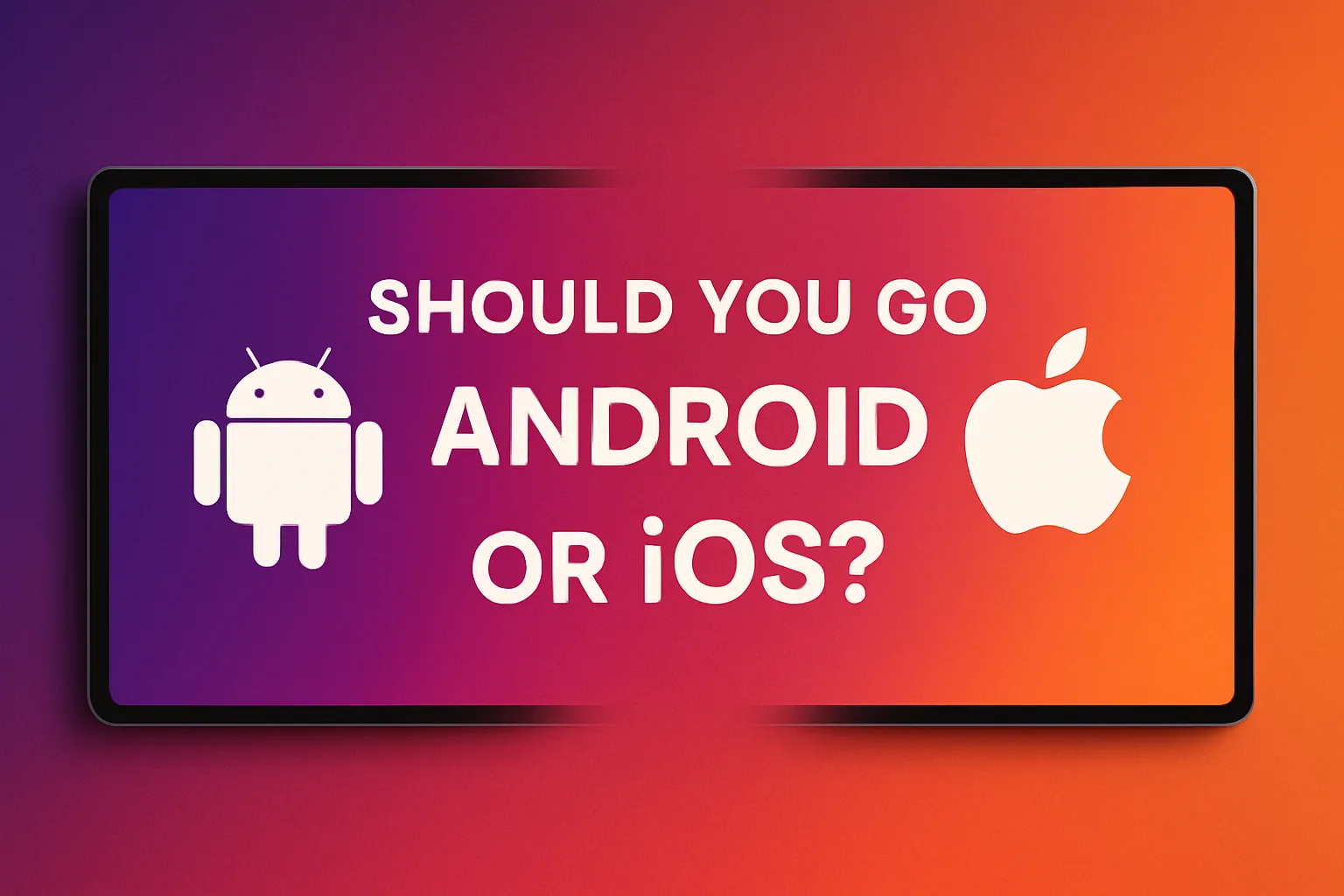
Maybe you’ve always used an Android phone, but now that iPads look sleek and powerful, you’re curious. Or perhaps you’re an Apple loyalist but wondering if Samsung’s Galaxy Tabs or Xiaomi’s budget-friendly beasts are worth the switch. Either way, we’ve got you.
We’re going to break it down—no confusing jargon, no brand bias, just a side-by-side, real-world comparison to help you figure out which ecosystem fits your lifestyle, budget, and daily use in 2025.
Android vs. iOS: Quick Comparison Table
| Category | Android Tablets | iOS Tablets (iPadOS) |
|---|---|---|
| Device Variety | Tons of models, all price ranges | Limited options, mostly mid to premium |
| Price Range | ₱4K to ₱70K+ | ₱20K to ₱90K+ |
| Customization | Highly customizable | Limited customization |
| App Store Experience | Google Play + APK installs, but some apps lack tablet optimization | App Store is curated, most apps optimized for iPads |
| Software Support | 2–4 years on average | 5–6 years, even on older models |
| Performance | Varies by price; top models are fast and powerful | Consistently smooth across the entire iPad lineup |
| Accessories | Stylus/keyboard varies by brand | Seamless Apple Pencil and Magic Keyboard integration |
| Multitasking | Good (especially Samsung DeX) | Excellent (especially with Stage Manager, Split View) |
| Integration with Devices | Strong for the Google ecosystem; Samsung is best-in-class | Flawless with iPhone, Mac, AirPods, iCloud |
| Gaming/Creative Apps | Good, but not always optimized | Best-in-class apps for artists, gamers, and creators |
Variety & Flexibility: Android Wins

Android tablets come in all shapes and sizes—basic 8-inch readers, midrange workhorses, or premium beasts like the Samsung Galaxy Tab S9 Ultra. You’ve got options from ₱4,000 budget models to flagship ₱70,000+ slates. Brands like Lenovo, Xiaomi, Honor, and realme all throw in unique features and price points.
If you want choice, Android is the buffet table. Whether you're after stylus support, desktop mode, expandable storage, or headphone jacks (yes, those still exist), there’s an Android tablet for you.
iPads? You’ve got four choices:
- iPad 9th Gen (entry-level)
- iPad 10th Gen (midrange)
- iPad Air (M2 chip)
- iPad Pro (M4 chip, premium)
They're all great, but if you don’t like Apple’s way of doing things—or the price tag—you’re out of luck.
Winner ✅: Android
Budget & Value: Android (Again)
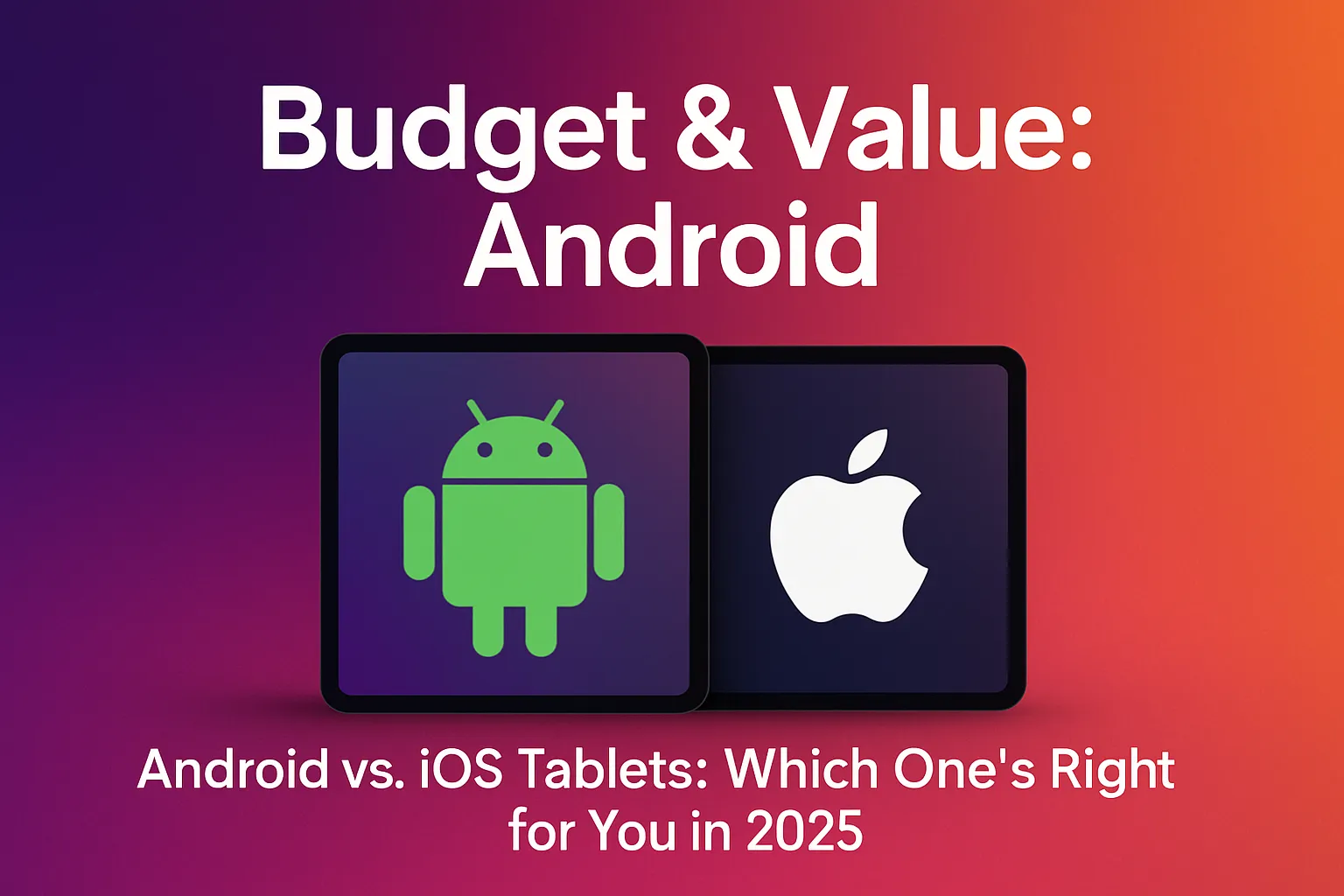
Not everyone wants to spend ₱30,000 on a tablet. And with Android, you don’t have to.
There are plenty of decent Android tablets under ₱10K that can handle YouTube, reading, light browsing, and even online classes. Perfect for students, seniors, or anyone who just needs a functional, no-fuss device.
The cheapest iPad in 2025 (9th Gen) still hovers around ₱20,000+, and that’s without a keyboard or stylus. Want the newer 10th Gen or iPad Air? Expect to spend ₱30K–₱60K. And don’t get us started on the iPad Pro.
Winner ✅: Android
Productivity & Multitasking: iPadOS Pulls Ahead
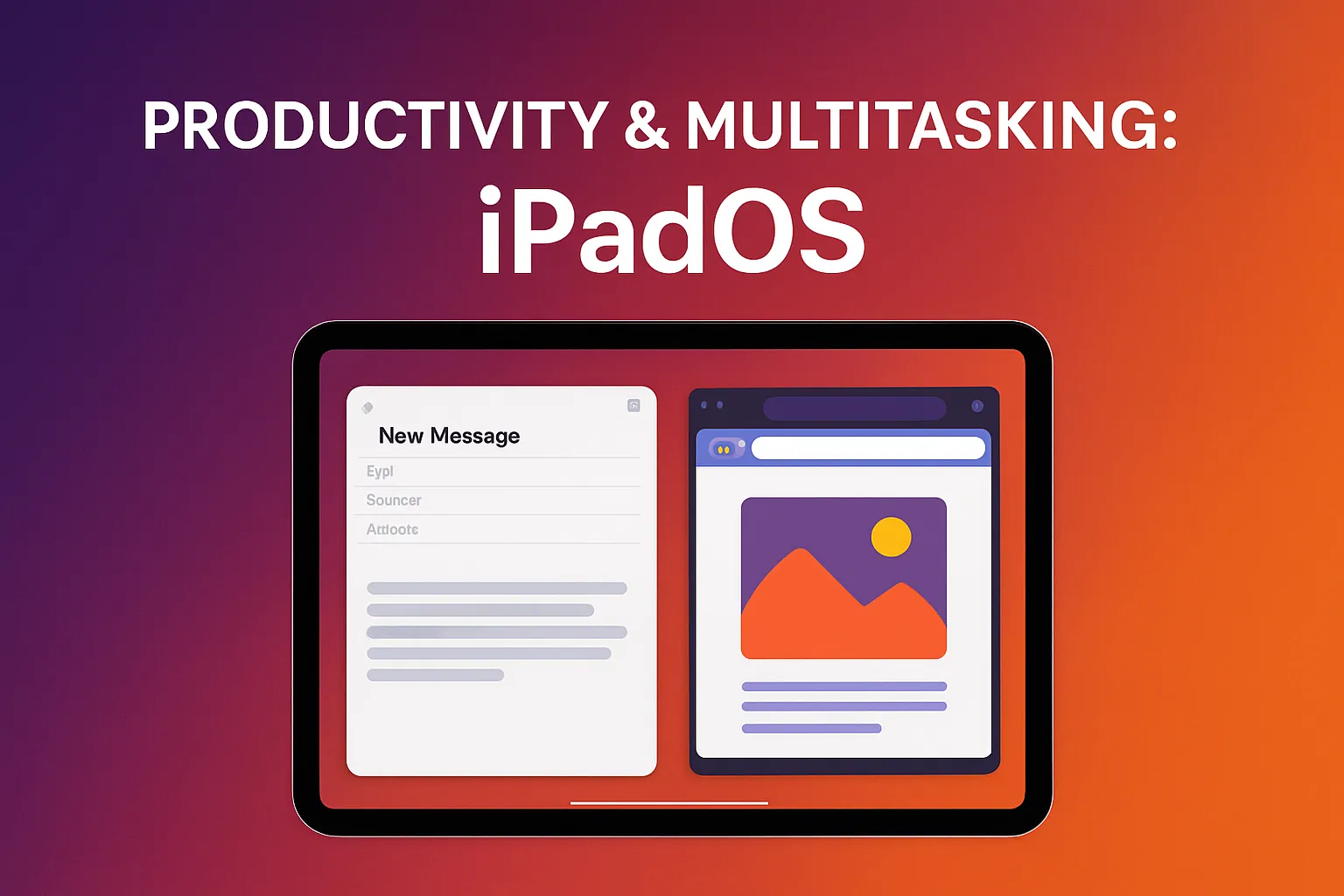
This is where iPads start flexing.
Thanks to features like Stage Manager, Split View, drag-and-drop across apps, and desktop-class Safari, iPads have become surprisingly capable for work, school, and serious multitasking.
Even the iPad 9th Gen can run Google Docs, Zoom, and Notion at the same time without breaking a sweat. Add a keyboard, and it almost feels like a laptop.
Android has gotten better, especially Samsung with DeX mode, which turns your tablet into a desktop-style interface, but the experience varies by brand and model. Not all Android tabs have proper multitasking or keyboard/stylus optimization.
If your tablet needs to double as a part-time work machine, iPadOS is more polished.
Winner ✅: iOS (iPad)
Apps & Optimization: iPads Are in a League of Their Own
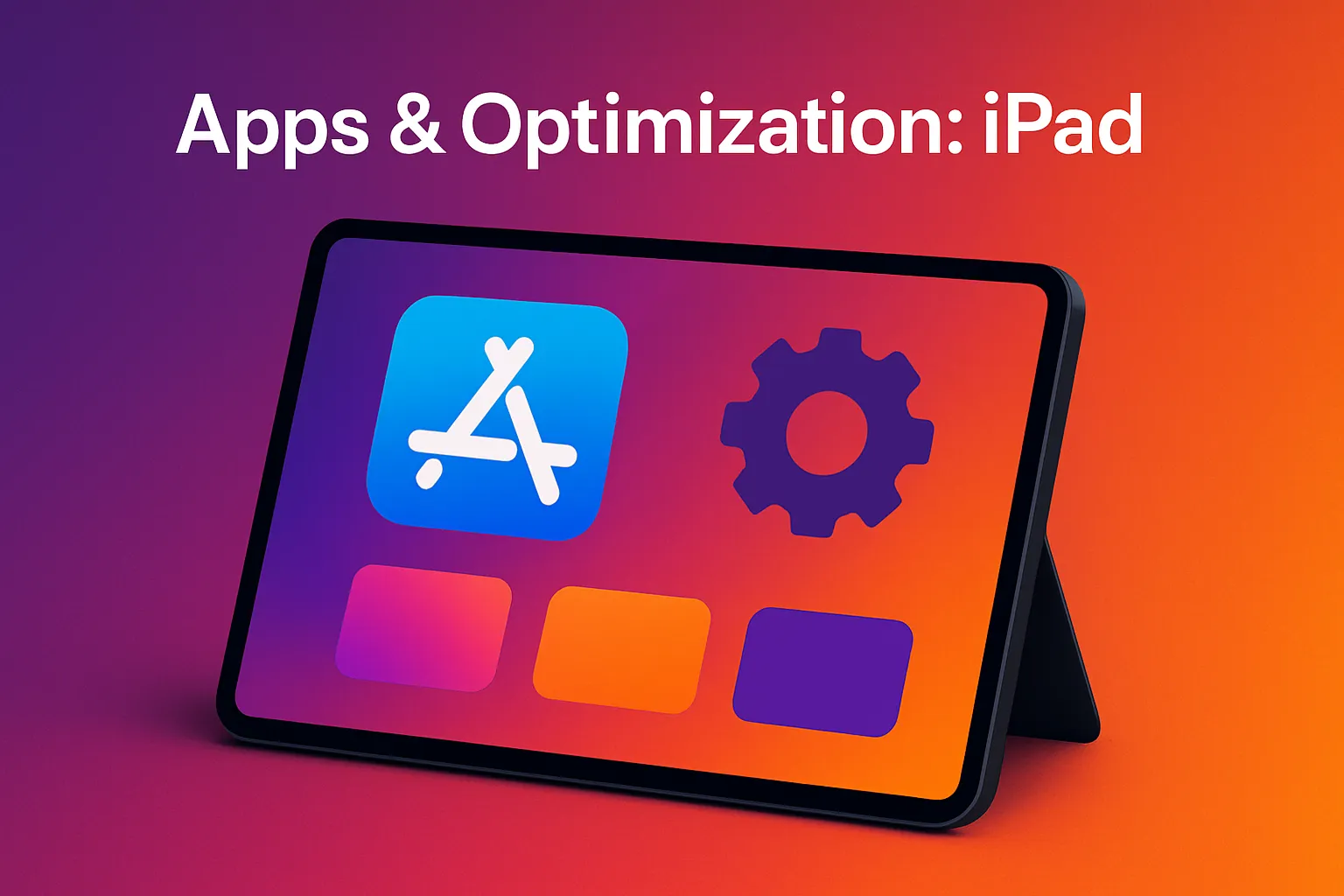
It’s not just about having access to apps—it’s how they run.
Yes, Android gives you more freedom. You can sideload apps (even install APKs if you’re feeling brave). But many Android tablet apps are still just blown-up phone versions. Not the end of the world, but not ideal.
Apple, on the other hand, forces developers to optimize for the iPad experience. That means better layouts, stylus support, smoother performance, and powerful apps like Procreate, LumaFusion, Affinity Designer, and more.
For artists, creators, or students using advanced apps? The iPad is the move.
Winner ✅: iOS (iPad)
Software Support & Updates: iPads Last Longer
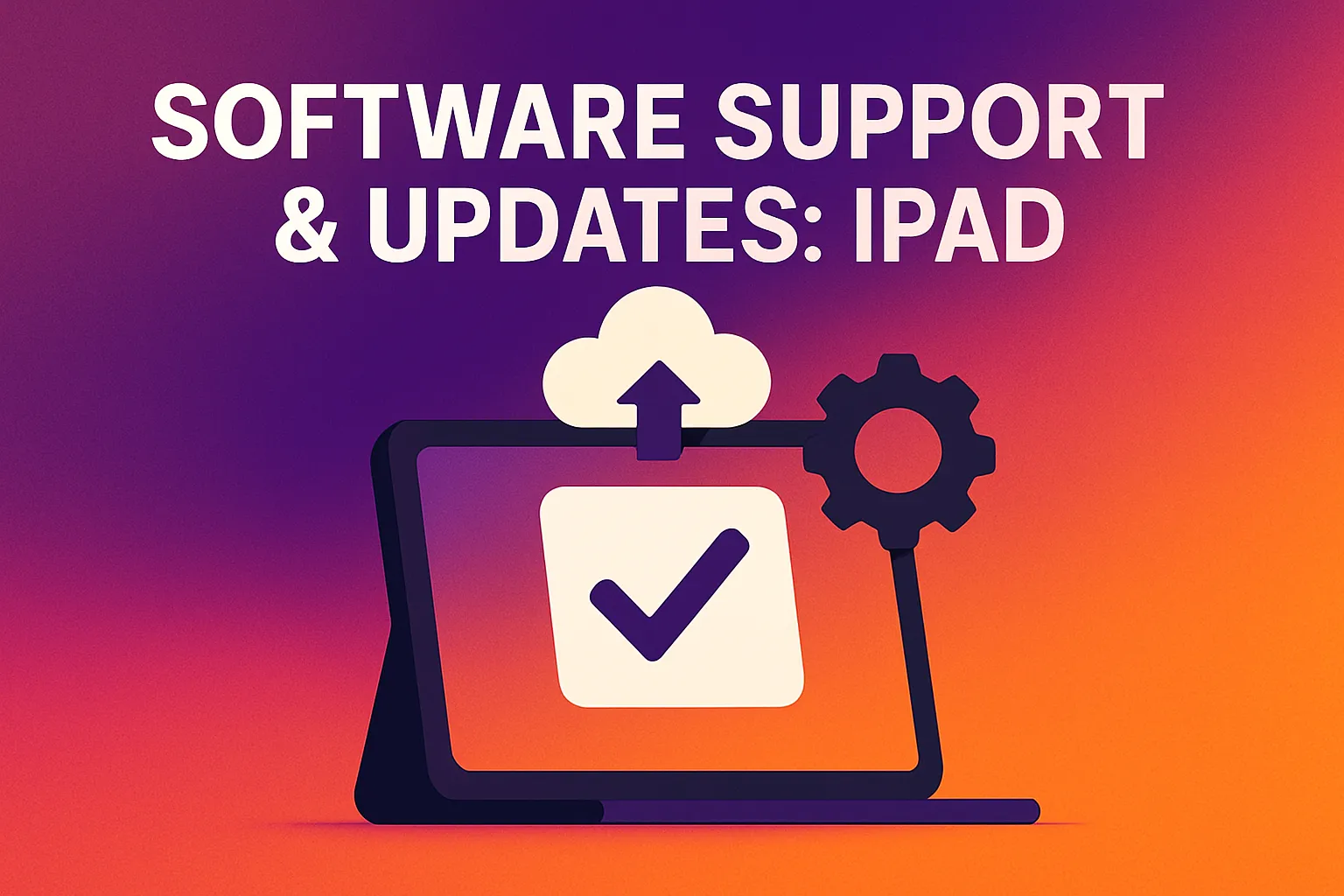
This one’s a big deal if you want your tablet to last more than two years.
Apple supports their iPads with major updates for five to six years. That means your 2020 iPad can still run the latest apps and OS today.
Android? It depends. Some brands offer two years of updates, others three or four (Samsung is the best in this regard). But cheaper Android tablets might never get another update after you buy them. Sad but true.
If longevity matters, Apple has your back.
Winner ✅: iOS (iPad)
Customization & Control: Android Is More Flexible
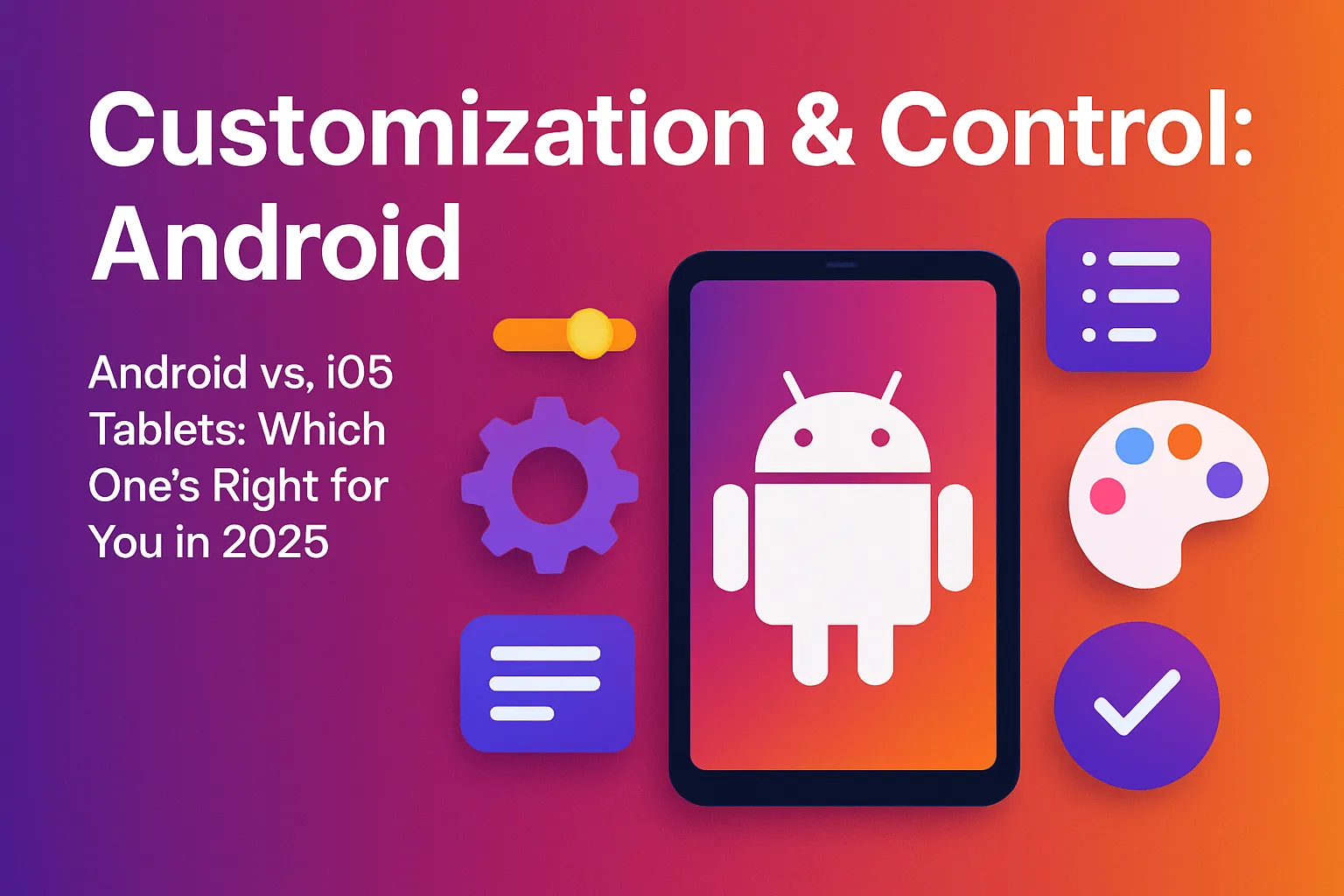
If you love tweaking your device, changing default apps, customizing your home screen, or even installing third-party launchers, Android is your playground.
iPads, on the other hand, lock you into Apple’s ecosystem. No changing default music players. No home screen widgets that live outside Apple’s rules. It’s clean and controlled—but also kinda limiting.
Winner ✅: Android
Accessories & Connectivity: Depends on the Brand
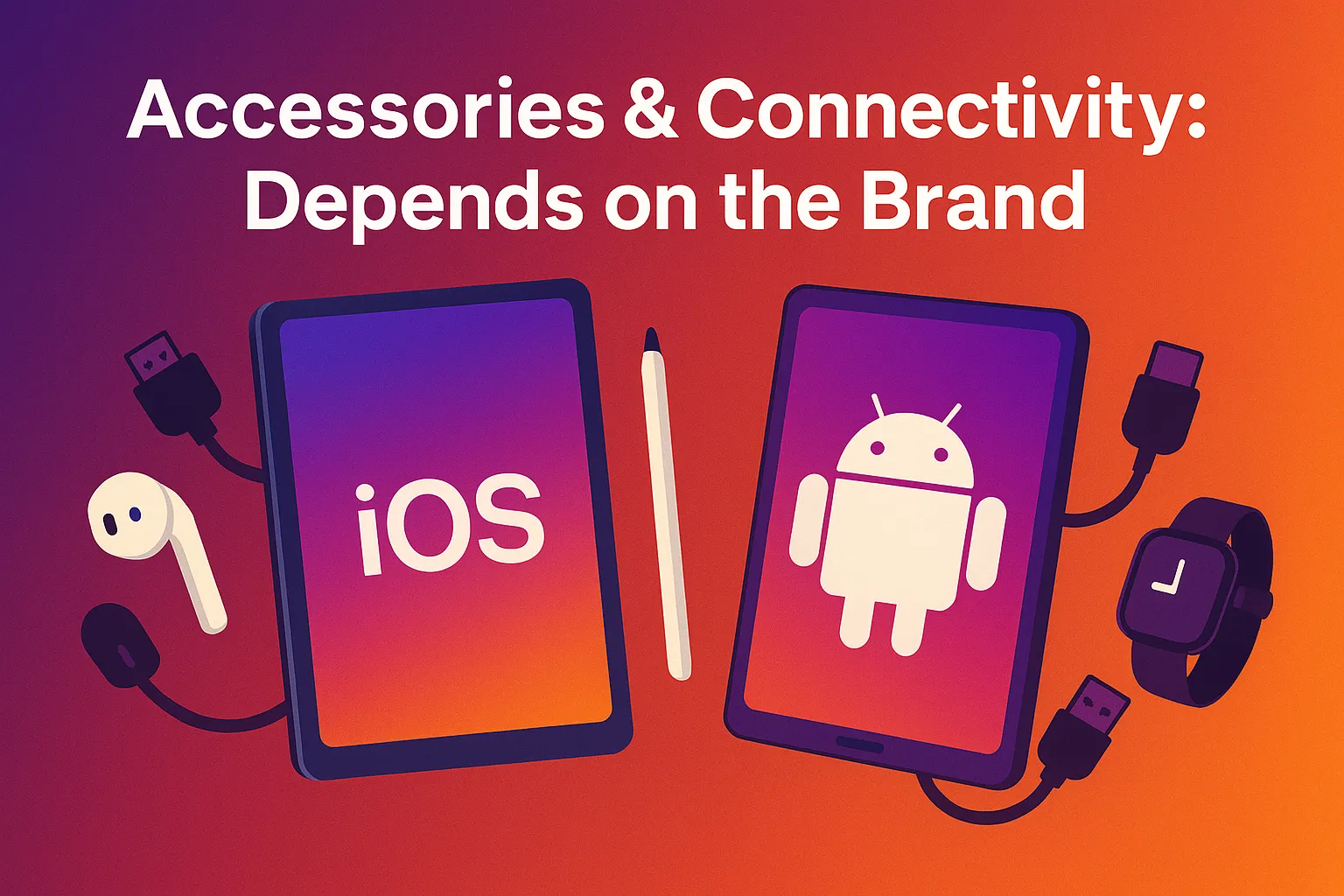
iPads are premium, and their accessories are... priced accordingly. The Apple Pencil, Magic Keyboard, and even adapters—they’re excellent, but they cost a lot. And compatibility can be confusing. Not all iPads work with the same stylus or keyboard.
Android tablets vary widely. Some include styluses in the box (shoutout to Samsung), others let you use third-party accessories, and many offer microSD support, headphone jacks, or multiple USB-C ports.
If you're into drawing or typing, both platforms are great—you just need to check which combo fits your budget and setup.
Winner ✅: Tie
Final Verdict: Which One Should You Get?
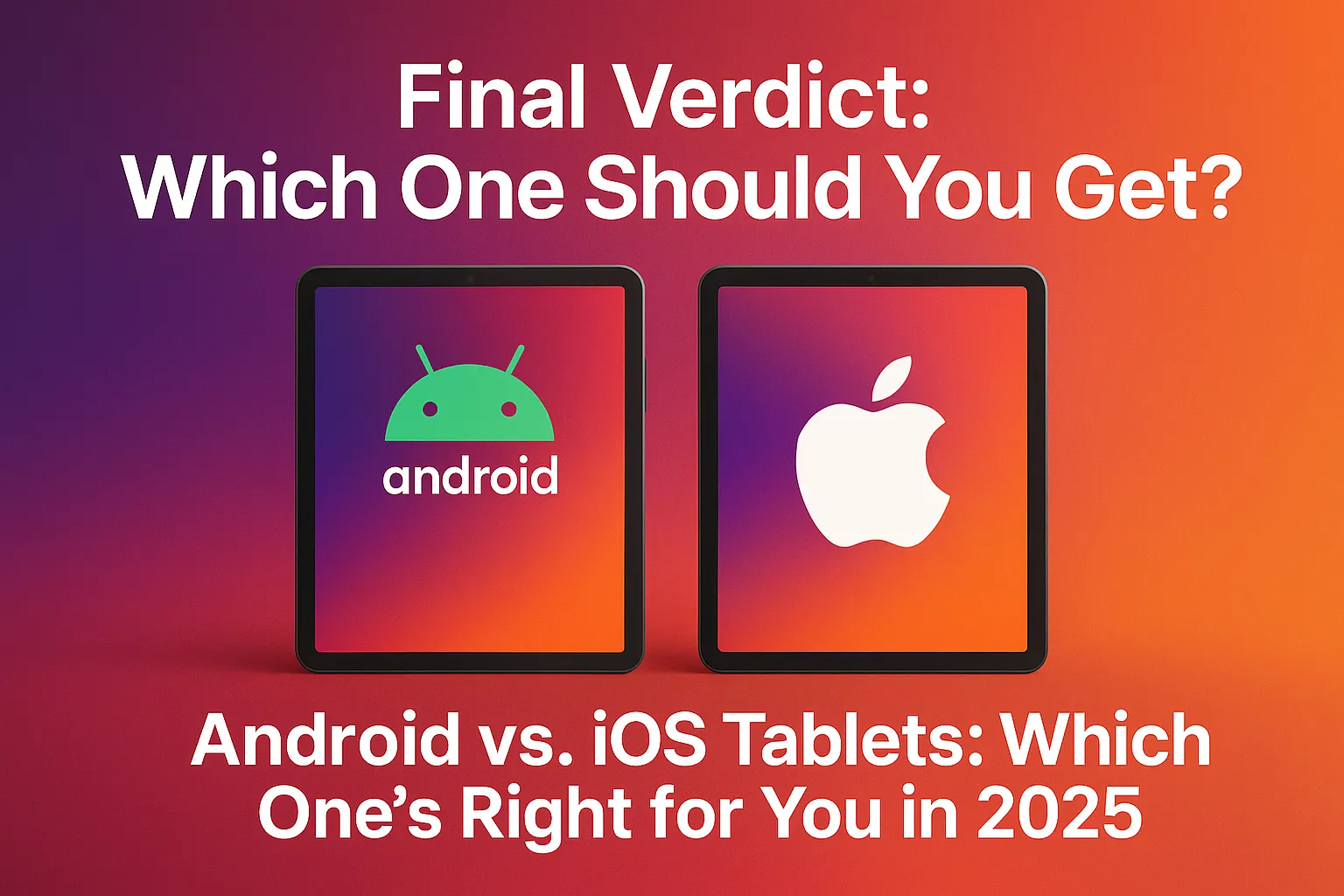
Here’s a cheat sheet based on real-world usage:
| You Are... | Best Pick |
|---|---|
| A budget-conscious student | Android |
| A digital artist or content creator | iPad |
| A heavy multitasker or remote worker | iPad |
| A casual user who just needs browsing/video | Android |
| A long-term user who wants future-proofing | iPad |
| A tech tinkerer who wants customization | Android |
| A family shopper looking for kid-friendly tabs | Android (for affordability) |
No matter your OS preference, we’ve rounded up the best Android and iOS tablets available in the Philippines in 2025
Final Thought: Pick the Ecosystem That Works for You
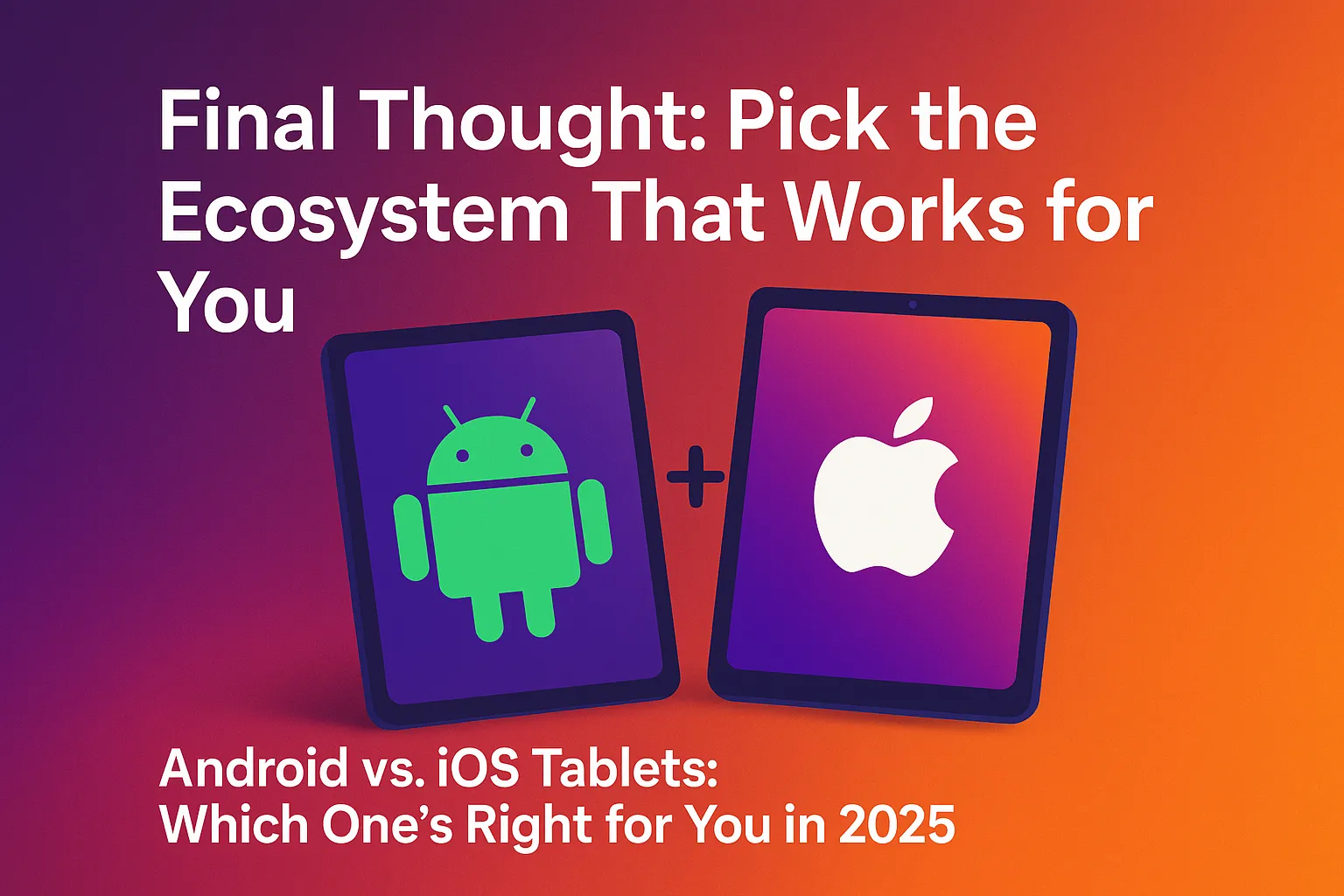
At the end of the day, Android and iOS both offer powerful, reliable, and fun tablets in 2025. You’re not picking a side in a tech war—you’re picking a tool that fits your lifestyle.
So ask yourself:
- What do I need it for?
- What’s my budget?
- How long do I want it to last?
- Do I need flexibility or a smoother experience?
Answer those, and the choice becomes a whole lot easier.
Related Articles:
- 8 Tips for Optimizing Your Tablet’s Performance
- Tablet vs Laptop: Which is Better for You?
- How Much RAM Do You Really Need in a Tablet?
- Tablet Buying Guide for Filipinos
- Best Tablets in the Philippines
